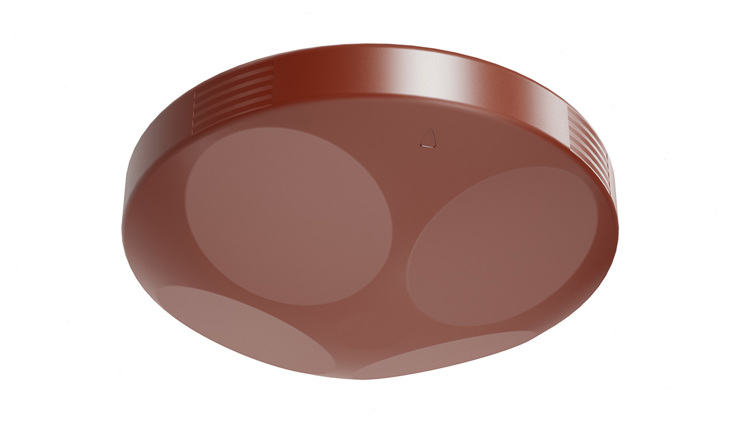
CP333 ADCP
The CP333 consolidates the EK80 combined echosounder and ADCP system and supplements Kongsberg’s already wide offering of acoustic instrumentation for a userbase that stretch across ocean industries, academia and government.
Built to perform
With unprecedented bandwidth and resolution, the instrument reveals new details of how water masses moves and influence the underwater environment. The high ping to ping accuracy and vertical resolution is made possible by combining Kongsberg strengths in acoustic signal processing with accurate motion and heading measurements. The result is precise real time measurements even from moving platforms such as ships, uncrewed vessels and buoys. The company has also designed a new innovative calibration and system check wizard that reduces the time spent on this task from many hours to around 30 minutes.
The CP333 has already shown impressive range performance for both water velocity and bottom tracking ability. The high frequency bandwidth also allows the system to be used in high and low frequency modes, covering functionality that normally is provided by two different instruments.
An operational advantage of the system is the ease of integration with other acoustic instruments. The CP333 transducer is operated by the EK80 acquisition software which means that the same system controls both echosounder and ADCP measurements. The system can also be synchronized effectively with other acoustic instruments when used on multipurpose platforms such as survey vessels and USV’s.
In-depth understanding
“For customers that needs a better understanding of the subsea environment and the factors that influence it, the ability to measure currents is essential” says Stene Førsund, EVP Kongsberg Discovery. “Our engineers have used their exceptional knowledge in signal processing, transducer design and precision measurement technology to create a solution that combines high performance with low operational cost. It’ll be exciting to see how our global customers use it to unlock sustainable value in the ocean space.”
Dedicated developments
Kongsberg Discovery is a market leader in underwater robotics, sensor technology and ocean data. Alongside the CP333 and other ADCP’s, the Norwegian-headquartered business offers a complementary range of advanced subsea mapping and ocean science technology, including echosounders, multibeams, sonars, sub-bottom profilers, and more.
